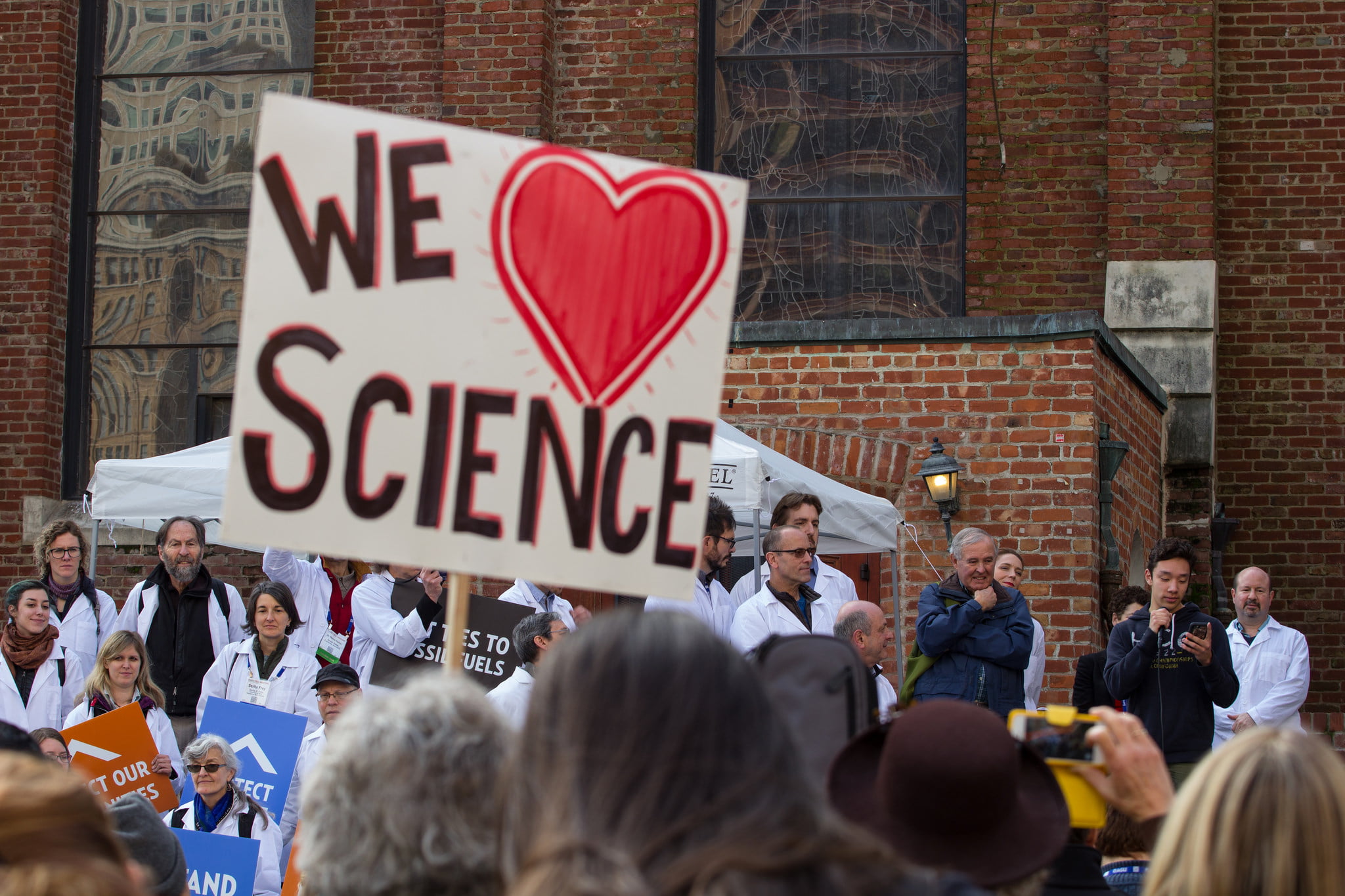A study published this week in a key scientific journal shows the extent to which developing even a moderately effective vaccine would be a total game changer in humanity’s 35 year fight against HIV.
There is already one major HIV vaccine trial currently in progress, the first trial in nearly a decade. There are also multiple candidates for a vaccine under investigation if this trial doesn’t show effectiveness.
Scientists are closer than ever to rolling out an effective vaccine against HIV.
There are a whole range of HIV prevention approaches, ranging from barriers like condoms, to pre-exposure and post-exposure medications. We have experienced decades of improvement in HIV care and treatment. The UN agency UNAIDS has set ambitious but achievable goals for HIV control based on currently available strategies: diagnosing 90% of all people living with HIV, providing antiretroviral therapy (ART) to 90% of those diagnosed, and achieving viral suppression from adherence to a responsive ART regimen in 90% of those treated. That calculates to 81% of people living with HIV on HIV drugs and 73% of people with the virus in their blood suppressed (and therefore unlikely to infect others) worldwide.
With these kinds of numbers, would a vaccine actually be a game changer?
According to new research the answer is yes. A new paper, “Effectiveness of UNAIDS targets and HIV vaccination across 127 countries,” explores the potential impact of an HIV vaccine. The work, published in the Proceedings of the National Academy of Sciences of the United States, explores a mathematical model to evaluate the added benefit of an HIV vaccine in the context of goals to increase rates of diagnosis, treatment, and viral suppression in 127 countries.
The impact of an AIDS vaccine would be…dramatic.
Right now, with current trends, HIV will continue to increase over the next 18 years. By 2035, there will be 49 million new cases of HIV. An HIV vaccine of even moderate efficiency could avert 17 million of those infections. As the study’s authors put it, “HIV vaccination would enable a strategic shift from reactive to proactive control.” These new infections don’t necessarily reflect the failure of health systems. According to the paper, “in many countries, including the United States, Uganda, and Nigeria, the UNAIDS goals, as ambitious as they are, would be insufficient to reverse the growth of [people living with HIV] without at least a partially efficacious vaccine.” (emphasis added.) In fact, only 52% of Americans living with HIV are on an appropriate treatment regimen.
The paper finds that “even when status quo diagnosis, treatment, and viral suppression are not improved, vaccination was able to reverse the trend of increasing global incidence.” The rollout of a vaccine that is 50% in 2020, increasing annually by 25% coverage annually to a maximum of 70%, would reduce the absolute number of people living with HIV by 36%. That’s not a reduction in new infections – that is a reduction in the sheer number of people who face HIV. It would also reduce HIV-related mortality by 11%. Some of these gains are the result of countries like Rwanda, where even the 90-90-90 goal isn’t enough to reverse the increasing HIV numbers. However, the paper finds gains even in the US: “where the 95–95–95 target reduced 2035 per-capita incidence by 55% [42%, 65%], the addition of a 50%-efficacy vaccine achieved a 76% [69%, 81%] reduction.”
Time, however, is crucial to these kinds of numbers. Pushing vaccine rollout to 2025 instead of 2020 meant that the number of infections averted fell from 18.7 million to 11.3 million. Annual coverage increases of 10% instead of 25% meant that a reduction in infections prevented by 3 million.
All in all, we don’t need a highly effective HIV vaccine. These calculations were based on a vaccine that prevented on half of infections; many current vaccines for other diseases achieve much higher rates of effectiveness. But we do need the vaccine now, or as soon as possible.
We also need more than just a vaccine. The paper calls for a combined approach that focuses on vaccination for HIV and on getting people living with HIV diagnosed and into treatment as fast as possible. People living with HIV right now matter, as a human rights issue, and from an epidemiological approach. And developing a vaccine does not mean that everyone can easily access it. Getting high levels of vaccine coverage will not be easy. If it can be achieved, though, the combination of an HIV vaccine and improving access to care and treatment could be exactly what we need to break the back of the HIV epidemic. We now have the numbers to prove it.
